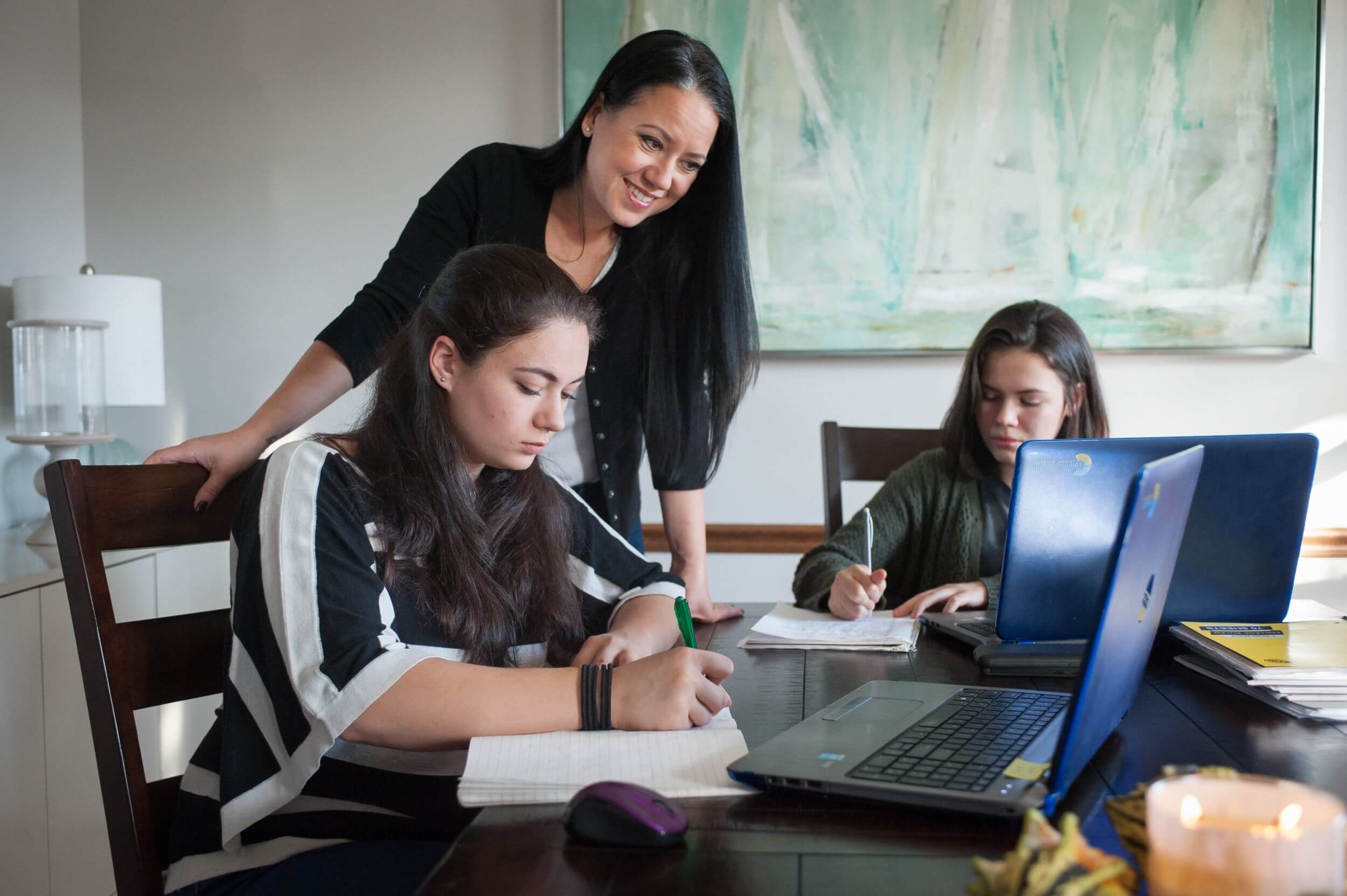2025-2026 School Year Enrollment Now Open. Click Here
2025-2026 School Year Enrollment Now Open. Click Here

The send button is a powerful tool. It’s a doorway to sharing ideas and seeking feedback. When we hit send, we’re inviting the recipient into our confidence and promising great work.
Is that how we always think of the send button? Of course not, especially when it comes to schoolwork. The rush to meet due dates can make the submission an afterthought and perpetuates substandard work.
Knowing how to check assignments becomes a valuable tool for getting good grades and reaching academic goals. What is the procedure for checking your submitted work? Make this five-step process a routine, and your child will learn to hit the send button with confidence.
Dolphins flying through hurricanes. Double-your-money investments. Miracle diets. The internet is full of too-good-to-be-true tales and fantastical fiction. Fact checking keeps internet-fueled fancies from creeping into schoolwork. It also makes writing more substantial and prepares students to succeed in debates and essays.
Before hitting send, review the factual statements in a completed assignment to make sure they’re correctly phrased and reliably sourced. When in doubt, return to the textbook or sources the teacher provided.
This is also the time to teach children that not all internet resources are reputable or accurate. Try these tips.
Nothing ruins a good paper faster than spelling errors. Although spelling errors might seem like a small problem, they make the reader — including teachers who are doing the grading — see the work as careless.
To check your work for spelling, try these tips.
Grammar is another tripping point that can lower the grade of an assignment. Many available technology tools, such as Grammarly, help students review their work for grammar errors. Find the one that works best for you, and use it every time you submit an assignment.
However, there is no better grammar checker than yourself. Use your own eyes and mind to read your work for consistency and flow. Read slowly and critically. Don’t finish the work at the last minute. Instead, give yourself an advance deadline, providing time for careful review.
While you’re checking grammar, make sure you followed instructions for assignment submission. Incorrect formats, lack of documentation and other oversights can force the teacher to lower the grade.
You know what you’re trying to say, but does the reader? Clarity is the art of expressing a concept or idea with precision. It’s another way of saying “readability,” when the reader can get a clear mental image of your ideas.
Clarity can be a difficult thing to check in a school assignment, but learning to be clear and to spot ambiguity or vagueness builds skills in critical thinking.
Before sending your work, try these tips to check for clarity.
Schools take plagiarism seriously. Plagiarized papers can get failing grades. Students who plagiarize can be disciplined.
First, though, children need to learn what plagiarism is. Plagiarism is the act of using text written by someone else without attribution, and it’s cheating. If you put quotes around a statement and cite its author or source, that’s not plagiarism. But use that same statement as if it were your original work, and you’ve committed plagiarism.
Fortunately, there are ways to avoid and check for plagiarism.
One of the most valuable skills that children acquire through online learning is self-management. Without teachers looking over their shoulders, children learn to take responsibility for their own duties. Time management becomes an aid for handing in good work, by the due date. By the time they graduate from high school, online learners are ready to handle adult-size responsibilities.
With all those benefits from online learning, overreliance on technology defeats the purpose. Sure, digital checkers and apps help us streamline tasks and make better use of our time, but overuse turns them into crutches. Augmenting the use of technology by self-checking homework builds valuable skills in children. They learn time management, as well as objective editing, critical thinking and how to elevate papers from rough draft to polished work. A digital tool may have the mechanisms needed to catch many errors, but your child’s careful review makes the work their own and teaches them the gratification of turning in the best work they can produce.
School assignments serve a purpose. They reinforce classroom learning and help children master new concepts before moving on to the next. Completing these assignments also instills good work habits and the discipline to study and conduct research.
But then comes the eternal question. Should parents check schoolwork? The answer is yes — with a couple of caveats. First, the benefits:
Now, the caveats:
Parents should also be prepared to let children suffer the consequences of incomplete or sloppy work. Schoolwork teaches character traits — time management, personal responsibility, self-sufficiency paired with a willingness to ask for help — along with academic lessons. Parents who yield to the pressure to finish the work aren’t doing their kids a favor. In fact, as one study found, overly controlling parents can make their children feel incompetent, especially as kids reach their teen years.
Online learning brings school into the home. That makes it a family affair, and it’s one of the main attractions of cyber school. Online learning promotes family-centered education. At CCA, we encourage family involvement because it boosts a child’s personal and academic development. Here’s how it’s done.
CCA’s online learning offers vibrant education for children of the digital age. Personalized learning plans make school exciting. Children blossom in a rich academic environment, while they develop the character traits for lifetime success. Parents have a voice in children’s learning, for education that dovetails with family values, priorities and schedules. Contact us today to learn all the ways CCA supports families and helps children achieve their best through online learning.
2025-2026 School Year Enrollment Now Open. Click Here